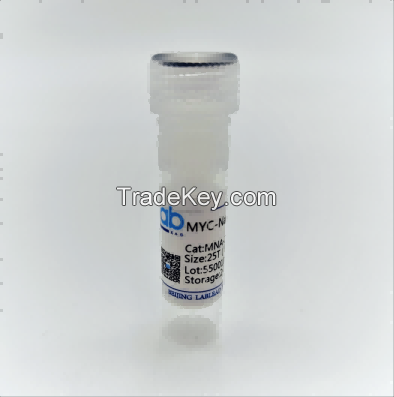

离岸价格
获取最新报价|
- Minimum Order
国家:
China
型号:
-
离岸价格:
位置:
China
最小订单价格:
-
最小订单:
-
包装细节:
-
交货时间:
-
供应能力:
-
付款方式:
T/T, L/C, D/A, D/P, Western Union, Money Gram, PayPal, Other
產品組 :
| 国家: | China |
| 型号: | - |
| 离岸价格: | 获取最新报价 |
| 位置: | China |
| 最小订单价格: | - |
| 最小订单: | - |
| 包装细节: | - |
| 交货时间: | - |
| 供应能力: | - |
| 付款方式: | T/T, L/C, D/A, D/P, Western Union, Money Gram, PayPal, Other |
| 產品組 : | Protein Biology |
